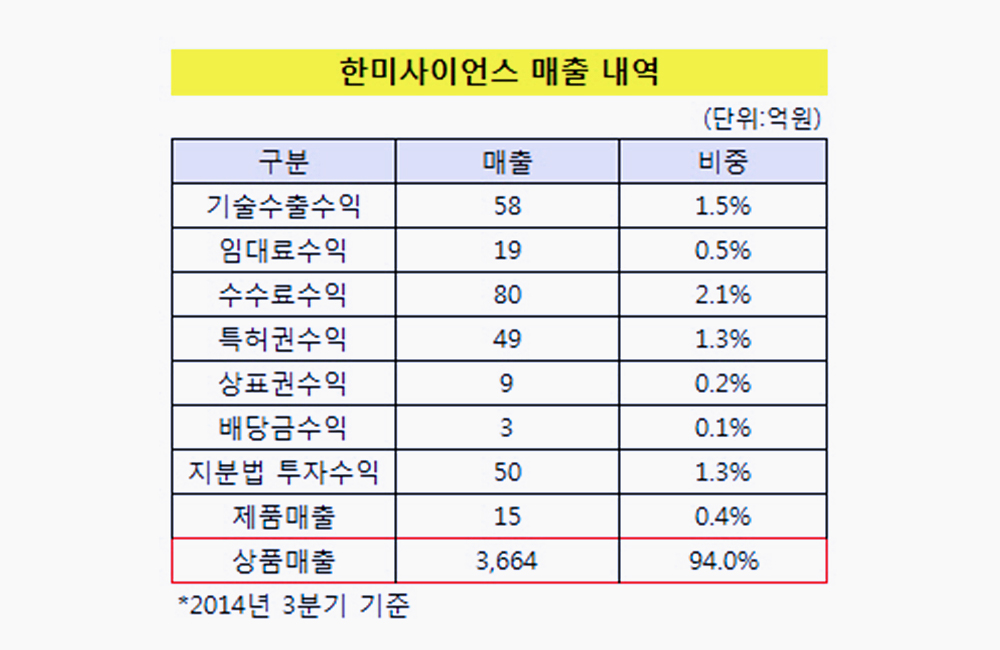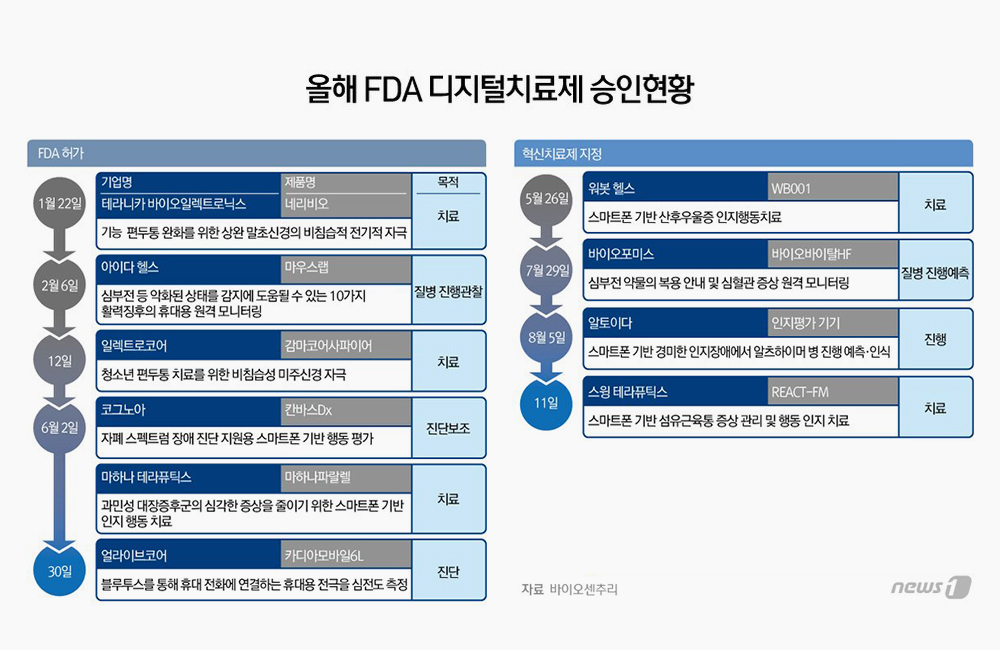The
majority of older adults see digital health technologies as instrumental in
helping them age comfortably, according to a new U.S. News & World Report
survey.
The
survey of 2,000 U.S. adults over the age of 55, found that 93% said it was
important for them to age in place, meaning the ability to remain independent
and comfortable in the home and community.
According
to the U.S. Census Bureau, the number of people age 65 and older in the United
States has grown from 35 million in 2000 to approximately 55 million in 2020.
As
the U.S. (and the rest of the world) sees an increasingly aging population, the
survey’s findings demonstrate the important role health care technologies will
play in supporting people as they age, and demonstrate the fact that older
generations will use these technologies.
The
most medical devices identified as making it “easiest to age in place” included
medical alert systems, mobile apps and wearable health care trackers.
Respondents also said they were more likely to choose medical devices if they
had certain features, such as being wireless, voice-activated, discreet and
accessible via a mobile app.
“It’s clear that older people generally have a strong
desire to age in place, or live in their homes for as long as possible,” the
study authors said. “As they experience the changes and challenges that come
with aging, they are willing to adopt new assistive or health-related
technologies, like medical alert systems and wearable health trackers, in an
effort to extend their time in their homes.”
In
addition, nearly half of the respondents (49%) said general aging is their
primary reason for using health care technologies, while mobility impairments
and hearing impairments were the second and third most common reasons, (28% and
22% respectively).
Among
the reasons for not using these technologies, the most common answers were that
respondents did not yet need the technology (47%), can’t afford the
technologies (16%), or did not want to lose their independence (14%).









